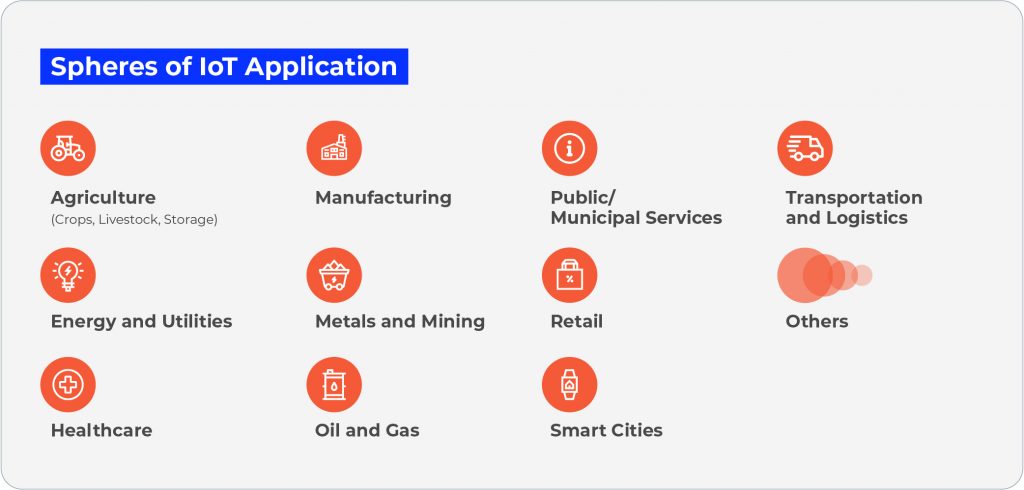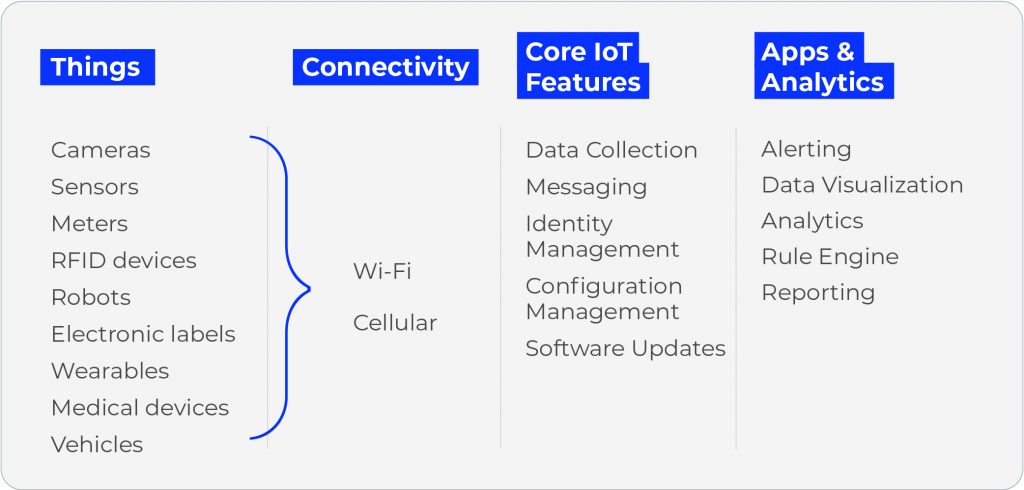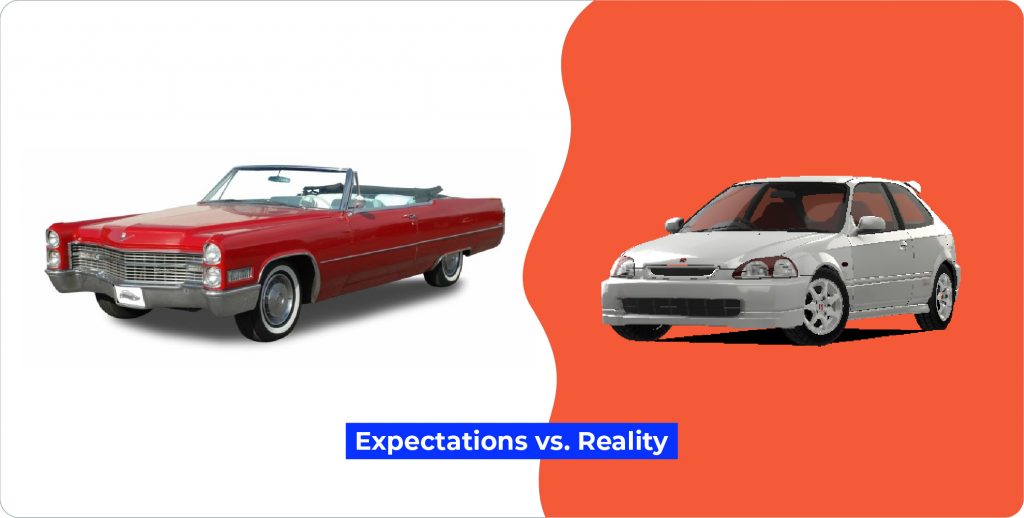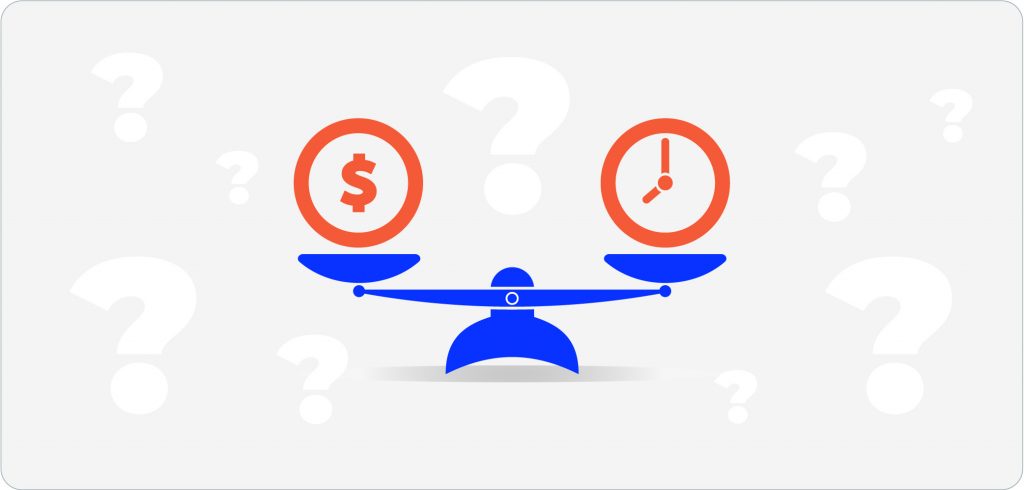The Internet is virtually everywhere. Smart devices, which come in all shapes and sizes, are everywhere as well. Why not make them work together? Yeah, that’s when we need the Internet of Things (IoT).
written by:
Anton Rykov
Product Manager, Qulix Systems
The Internet is virtually everywhere. Smart devices, which come in all shapes and sizes, are everywhere as well. Why not make them work together? Yeah, that’s when we need the Internet of Things (IoT).
Internet of Things devices became a reality long ago, and they are actively extending their grasp beyond our imagination. Industries are seeking to connect their devices and thus to become more cost-effective and competitive.
The IoT market size is not just growing – it’s going to boom. A few stats:
- The number of connected devices is estimated to reach 27 billion by the end of 2019, and 75 billion by 2025, according to Statista.
- 127 new IoT devices get connected every second, says the McKinsey Global Institute.
- The number of cellular IoT connections will reach 3.5 billion in 2023. (Ericsson)
- The IoT has the potential to generate $4 to $11 trillion in economic value by 2025. (McKinsey Global Institute)
When IoT platforms hit the dance floor
An IoT platform can be described as support software that brings together devices, connectivity and applications. IoT platforms are usually responsible for ongoing management and data visualization, thus enabling users to automate their business tasks.
To put it shortly, it is the “mortar” of the IoT.
Sample IoT Platform Structure
IoT platforms are engaged by suppliers and manufacturers of smart devices to endue products with remote control, real time data tracking, alert and notification capabilities, and to integrate them with smartphones and other devices.
Apart from that, IoT platforms are widely used to optimize operating procedures of companies in the industrial sector (here we talk about the so-called IIoT (industrial IoT)) via intellectual equipment maintenance, sensor data collection and its analysis in real time. In addition, IoT platforms are applied for creating smart city systems to provide various services for private and state enterprises and end users.
IoT services are able to ensure safety and security inside buildings and on the streets. Also, they can be used for monitoring of the environmental situation, intellectual network monitoring, etc.
Technical characteristics you’d better consider
There is a bunch of criteria that differentiate software IoT platforms:
- Scalability – State-of-the-art IoT platforms ensure elastic scalability across any number of endpoints necessary to the client. This capability is taken for granted when we deal with public cloud deployments. On the other hand, it should be specifically put to the test in case of an on-premises deployment since storage space could be limited in such use cases.
- Ease of use – A beneficial IoT platform should be characterized by flexible API integration and simple source code management.
- Data security – Ideally, security should involve encryption, extensive identity management, and flexible deployment. End-to-end data flow encryption, including the private cloud infrastructure for sensitive data, device authentication, data at rest, and user access rights management – these are the basics which will help you to avoid potentially compromising breaches in your IoT solution.
- Customization– It is one of the crucial factors determining the speed of delivery. It closely relates to the flexibility of API integration, coupling of the platform’s components, and source code transparency. For small-scale, undemanding IoT solutions good APIs may be well enough to fly, while feature-rich, rapidly evolving IoT ecosystems usually require developers to have a greater degree of control over the entire system, its source code, integration interfaces, deployment options, data schemes, connectivity and security mechanisms, etc.
Most importantly, the best IoT platforms let you add your own industry-specific components and third-party applications. Without such flexibility, adapting an IoT platform for a particular business scenario could bear significant additional cost and delay the solution delivery indefinitely.
More on technical aspects of IoT platforms will be covered in our upcoming article “IoT Platform: Technical Perspective in Making the Right Choice”.
10 good reasons why your business may need an IoT platform:
- Optimize your business, including issues related to overall equipment effectiveness (OEE).
- Expand the scope of your services – You add new services to the portfolio, thus increasing the client base. This can build customer loyalty and potentially give you a winning chance when competing.
- Generate more revenue – As your business gains volume, so will your profits.
- Deploy more connected devices – A well-considered software solution will build your confidence to do so.
- Make use of a single tool to add all kinds of things into a unified system, covering various protocols and connectivity technologies.
- Focus on your products and data instead of IoT technologies and connectivity issues.
- Reduce human effort – Forget about human errors in collecting and recording data.
- Capitalize on your infrastructures by using tailored consumer applications, wide-area IoT solutions, and managed services.
- Stay future-proof – The solution is constantly developing and can be adjusted to your needs.
- Stay reliable and safe – The IoT platform will ensure secure data collection and processing of remote measurements from devices.
Don’t know which IoT platform to choose? Here are some things to consider.
What kind of the platform does your company need? Well, that’s a more difficult question to answer, because it depends on several factors. These factors include whether you need specific hardware, protocols, real-time access, or custom reports.
1. YOUR BUDGET, DEVELOPMENT SKILLS, AND CAPACITY OF YOUR IN-HOUSE TEAM
While every company would like to be able to afford a Cadillac of IoT platforms, sometimes they can only buy a Civic. If that’s your case, then try to work within your budget. We recommend considering the following:
- Vendor costs aren’t always clear-cut.Many IoT platform vendors provide you with starting teaser rates or show off the prices for their basic model. However, when you subscribe, you realize it’s ten times as much for the capabilities you require.
- It’s pivotal to be clear about your budget with your platform provider. The software developer wants to make the sale, but if the vendor knows you can’t afford certain components, they probably won’t try to push them to you.
- Your licensing cost for the platform is just the beginning. With the cost of development, integration, and hiring consultants to onboard into the system, you could be looking at a major expense. Take this into account in advance.
2. YOUR BUSINESS MODEL AND SPECIFIC NEEDS
The perfect situation for an enterprise would be to cash all of the checks for someone else’s hard work. However, this isn’t true for most companies. If you wish to extract money from your clients, you have to add value somewhere whether you want it or not. Repackaging a platform that already exists won’t work as you may hope. You need to understand your biggest value in the value chain and focus on that. Then figure out which platforms fit into it. For example:
- If you’re creating end devices and your value is in selling hardware, then you may want to purchase an IoT platform with an upfront license fee. In doing so, you will include that cost into your hardware.
- If you have a subscription model with a lower upfront cost, you may want to include the IoT service charge into your customer subscription costs.
Make sure you take into account your IoT platform’s business model. What are the charging principles of your IoT platform? Are they based on data usage, number of users, nodes, or something else entirely? This can in turn have influence on your own business model. Ask the right questions beforehand, prior to selecting a provider.
3. WHICH IS MORE CRITICAL – TIME OR MONEY
Another point to consider is whether you are trying to save money or save time. Platforms that save time are likely to be more expensive in the long run, while platforms that save money will be more difficult to integrate upfront.
Three bonus aspects to consider:
- Price and pricing model. Some platforms use the paid-on-delivery model, when you pay for the factually consumed resources (e.g. AWS IoT Core), while others use the subscription model with a fixed monthly fee (e.g. Salesforce). Depending on the specifics of your project, select the pricing concept which suits you best.
- Availability of the free level. This is the perfect option for those cases when you need to test your idea and you need the possibility to launch a simple project with minimum investments.
- Developer team’s experience. This is a reliable way to select tools and services for development. Ask the developers about their experience and expertise in available options and make your choice finding the right balance between project requirements and the team’s experience.
In our opinion, the most successful platforms will likely be coupled tightly with hardware companies which offer a platform on top of connectivity hardware they produce.
With the right choice of the IoT platform, you and your team can focus on your business and don’t have to bother about connectivity, application or data flow concerns.
Everything’s connected
The digital revolution has begun! Its pace is breathtaking, its capabilities are unlimited, and the number of its supporters is always on the rise.
Of course, each project is unique and may have special requirements for security, scalability and storage. To find the perfect environment for building a connected network, we recommend getting professional advice.
Why Qulix Systems?
- No need to purchase an expensive “all-in-one” solution. Sometimes a complex solution is not exactly what you need. A simpler and cheaper option may deal with your business issues just as well.
- We can create customized software which meets your specific business goals. Complex solutions that try to cover it all are usually not specialized.
- We can deliver a product which will be ready for use. Big solutions are sometimes way too complex, and the bigger the solution the more efforts and money you will need to adjust it properly.
- We can add the functionality with specific business logic tuned to the client’s demands. This will help you avoid using additional software and reduce costs, since you will only stick to our platform.
Contact us at request@qulix.com regarding your IoT project or visit our website, and our experts will find the best technological solution which allows you to create software that meets all your requirements.

Contacts
Feel free to get in touch with us! Use this contact form for an ASAP response.
Call us at +44 151 528 8015
E-mail us at request@qulix.com











